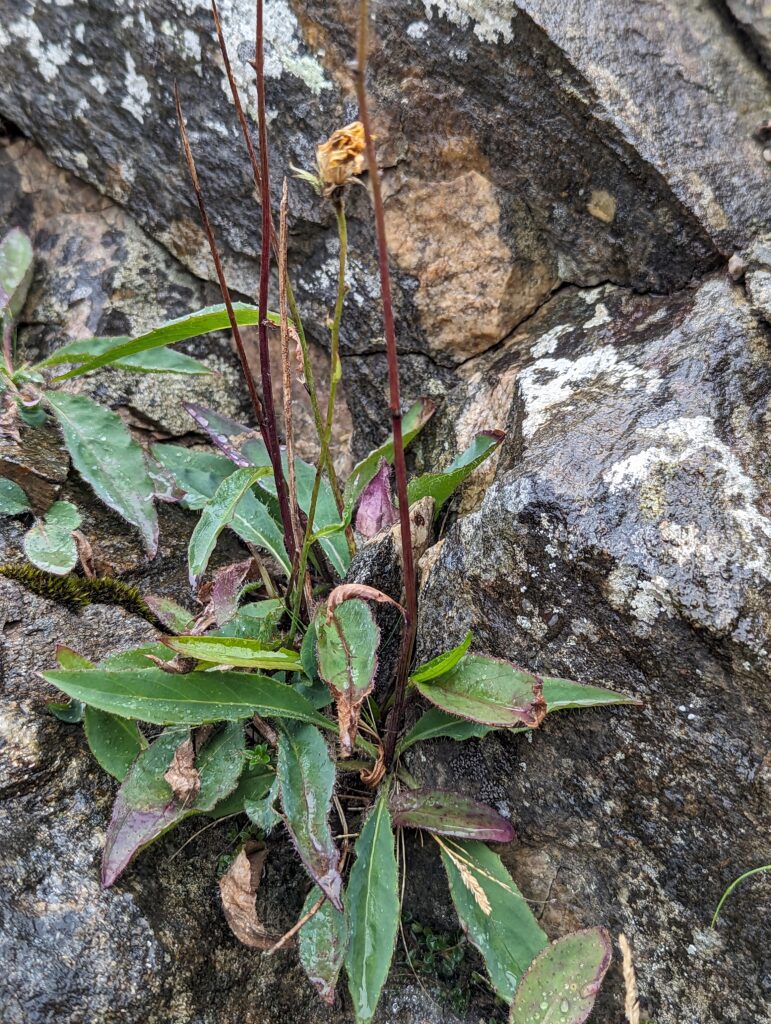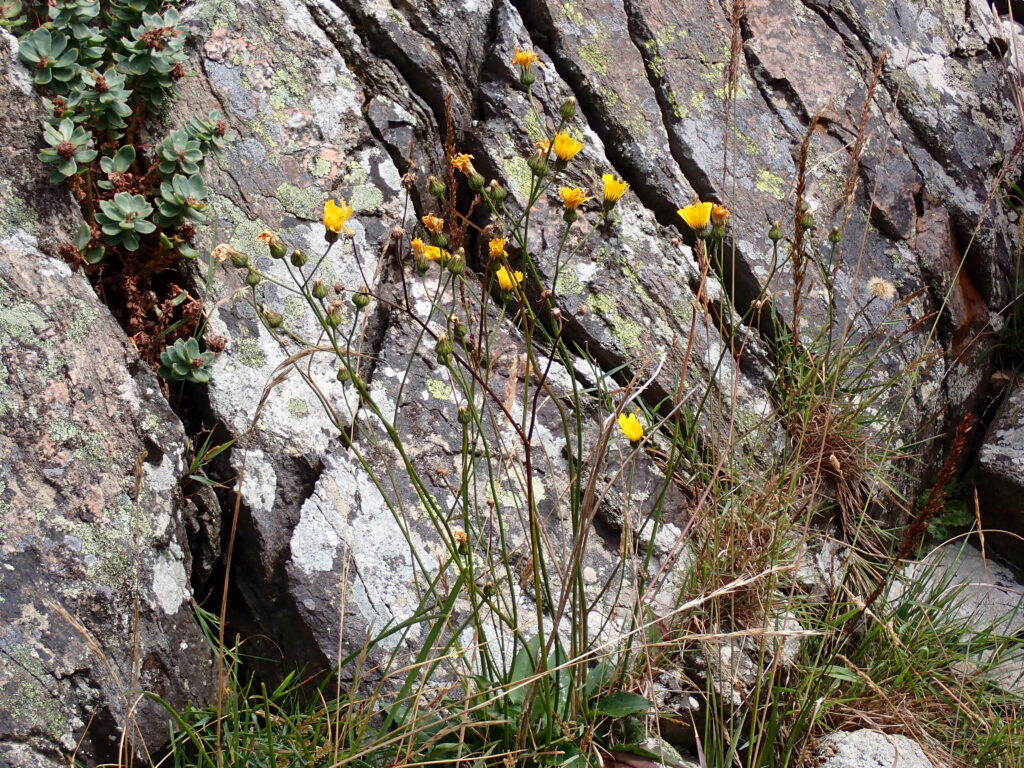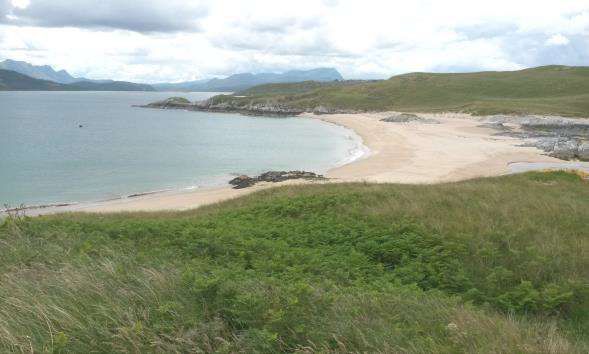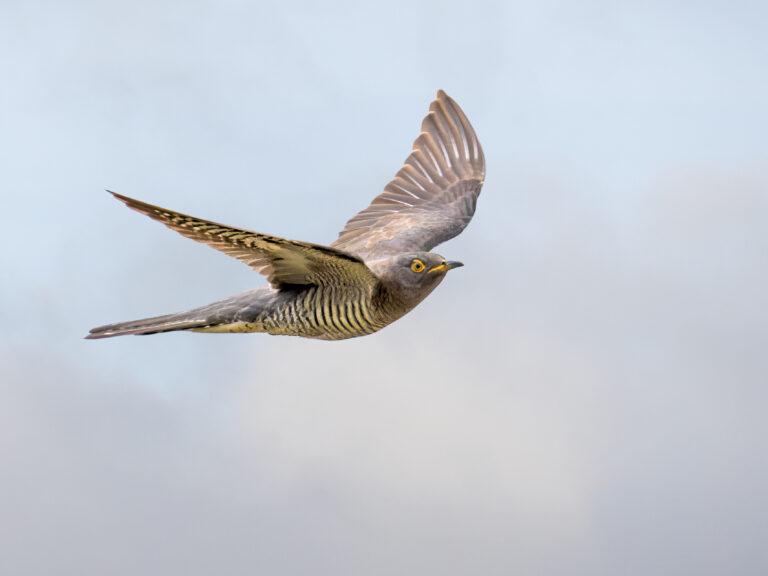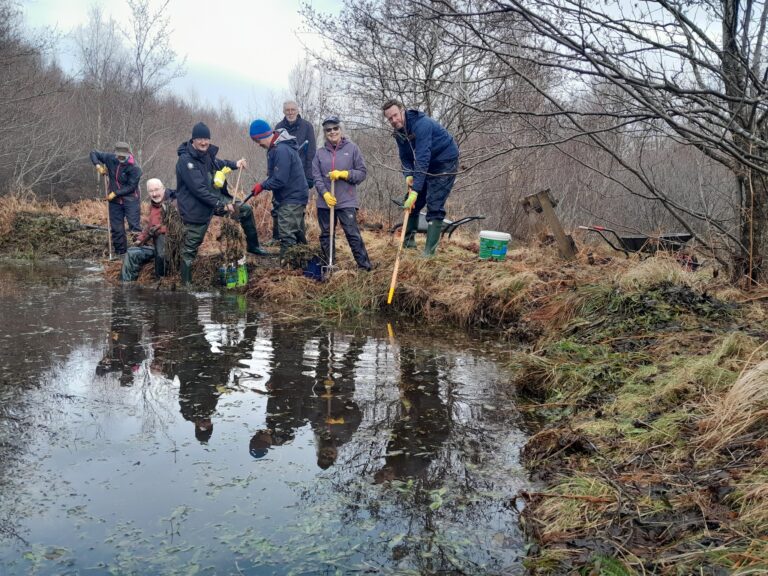The north coast is host to some of the rarest of flowers, some hawkweed species here are found nowhere else on the planet. There’s even one, the Bettyhill hawkweed (Hieracium bettyhillense) that is found nowhere other than, you’ve guessed it, Bettyhill!
Hawkweed are an extremely difficult group of some 400 microspecies and it requires a specialist to identify them. They are apomictic, with seed developing directly from the ovule, without the need for fertilisation, and the resulting plants are clones of the seed-parent. (Even in self-pollinated flowers, the ovules (eggs) are fertilised by pollen (sperm) and there is some genetic mixing).
Botanist, and hawkweed specialist, Tim Rich has been in the area, following up on surveys he carried out in 2016-2017, which followed up on records going as far back as the 1800’s of some very rare hawkweeds. The aim was to assess conservation requirements and collect seed for the Millennium Seed Bank at the Royal Botanic Gardens, Kew.
On the day of the survey, the weather was wet and the rocks slippery, hawkweeds do indeed grow in some difficult spots. The first hawkweed seen was Bettyhill hawkweed – the historic records indicate is has been found at Bettyhill (east of the Naver), Torrisdale Bay, Farr and near Farr Church (these records may actually refer to only two places).
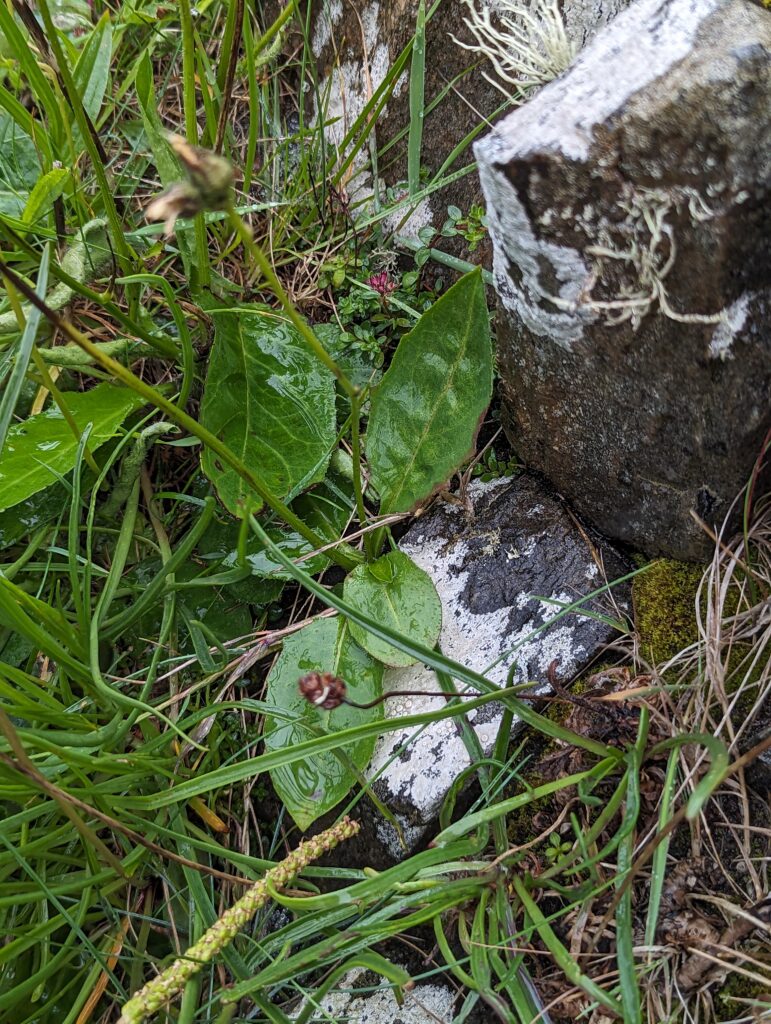
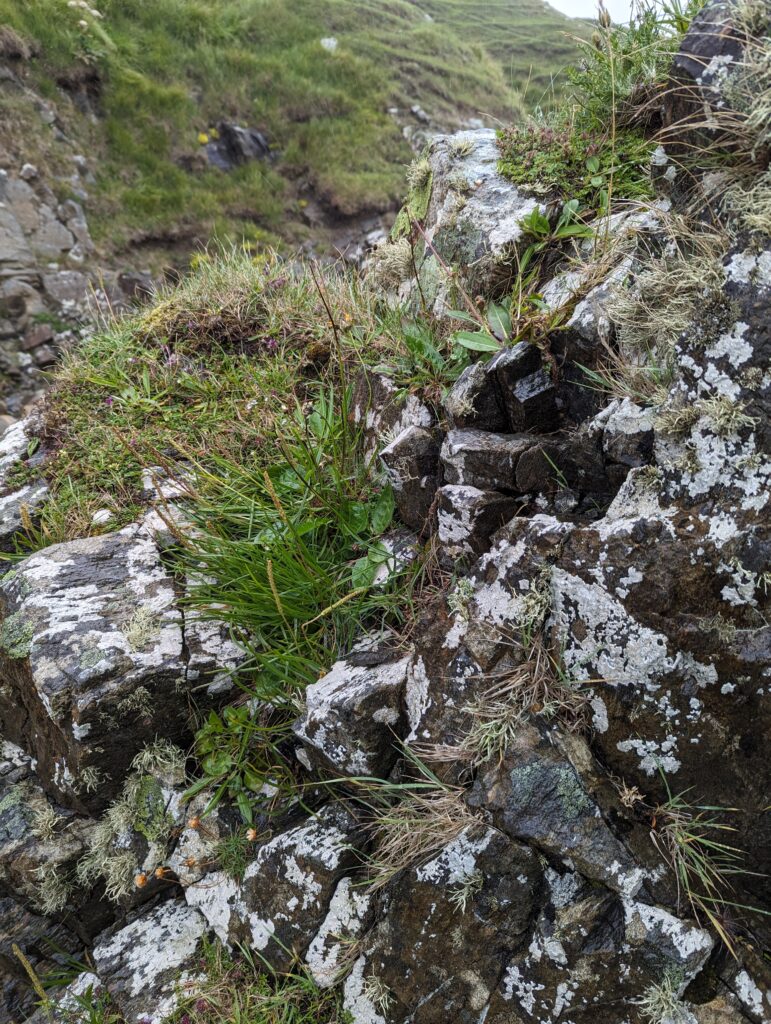
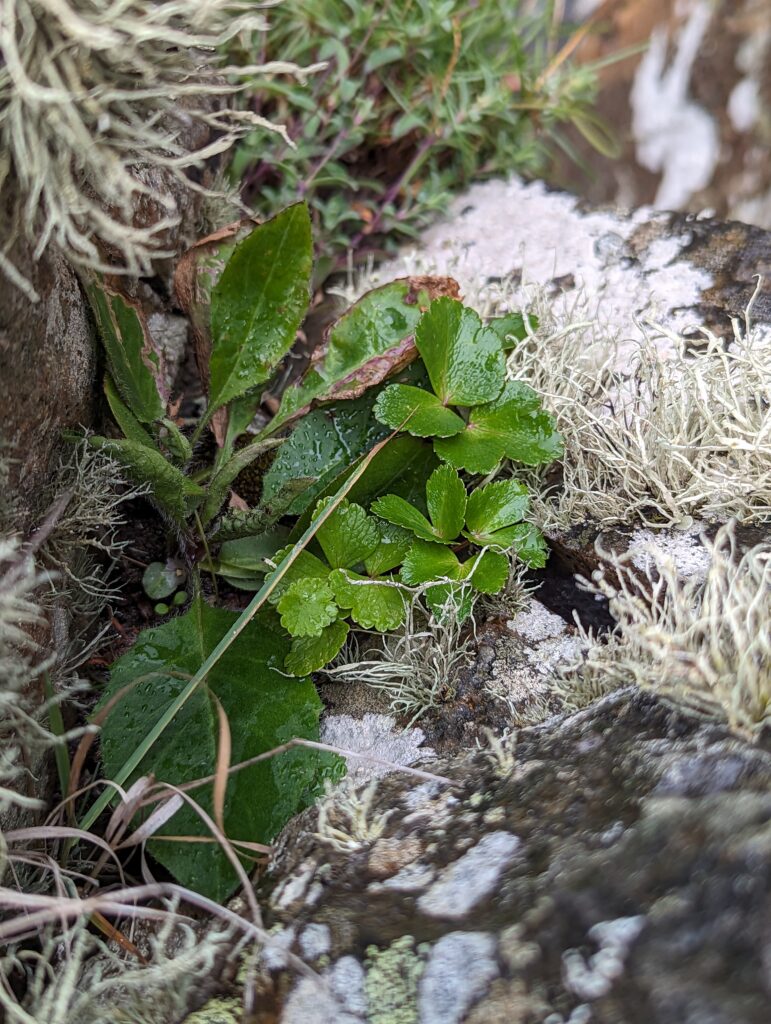
The second species found was the Sutherland hawkweed (H. argentiforme) with narrow, glaucous leaves – this is more widespread across northern Scotland but is still a very rare plant.
The surveyed terrain was rocky and just above the hide tide line. Hawkweed are liked by sheep and so they tend to only grow in steep, inaccessible rocky terrain, away from grazing. Sea spray is an added difficulty and so many of the plants grow on rock surfaces facing away from the sea.
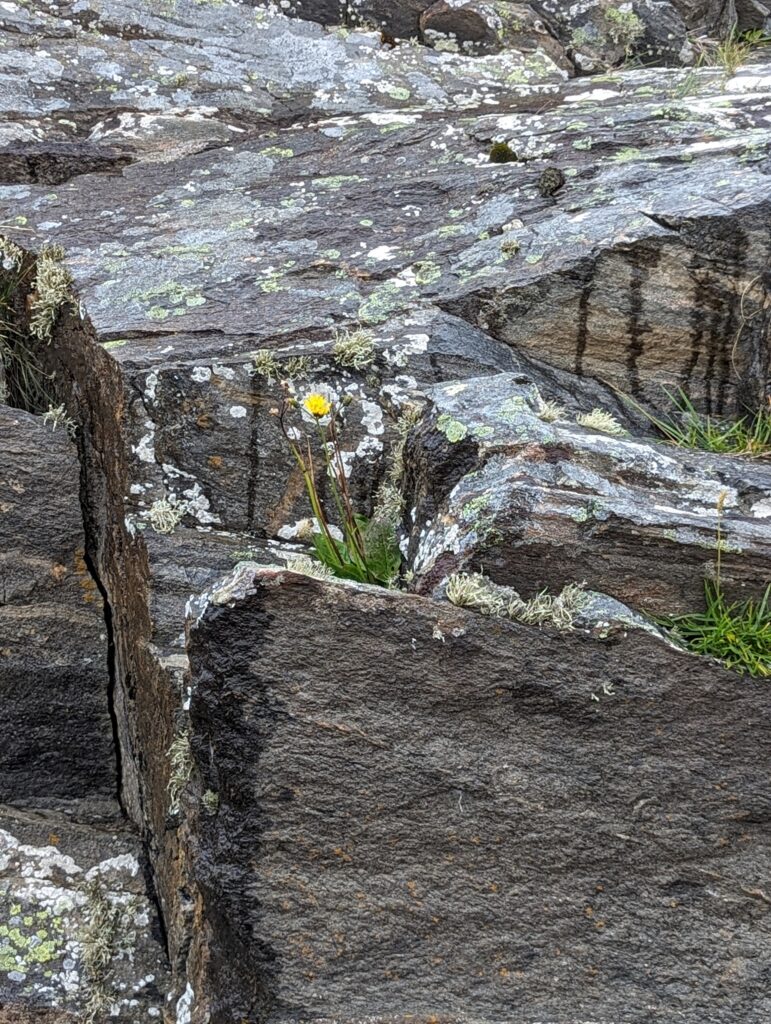
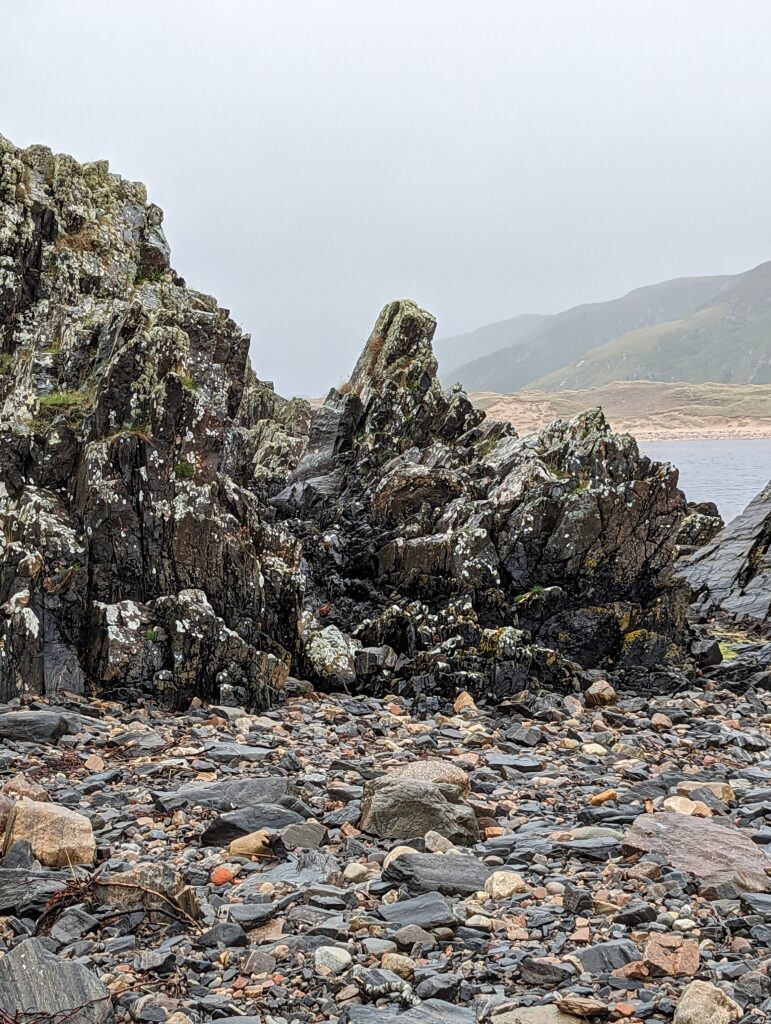
Finally Tim’s searching was rewarded with a rock face containing seven Orange-flowered hawkweed (H. fulvocaesium) plants, up from the three in 2017! At least in this one small spot they are doing well, though they are extremely vulnerable to mishaps such as land slides, rising sea water, hungry sheep etc.
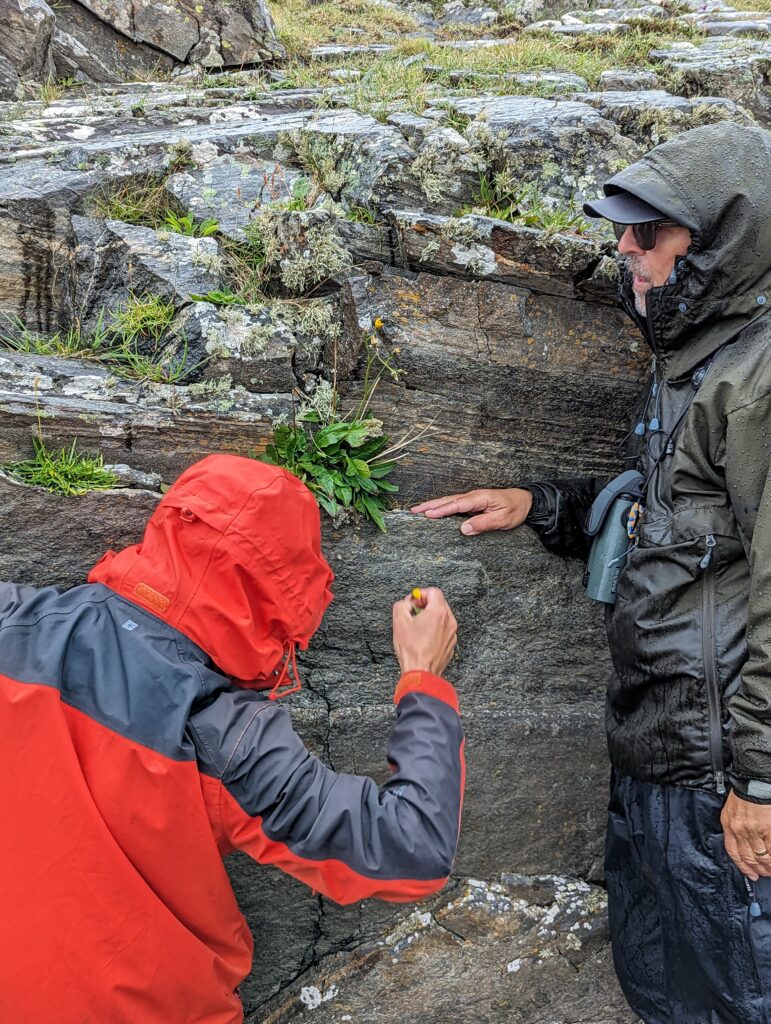
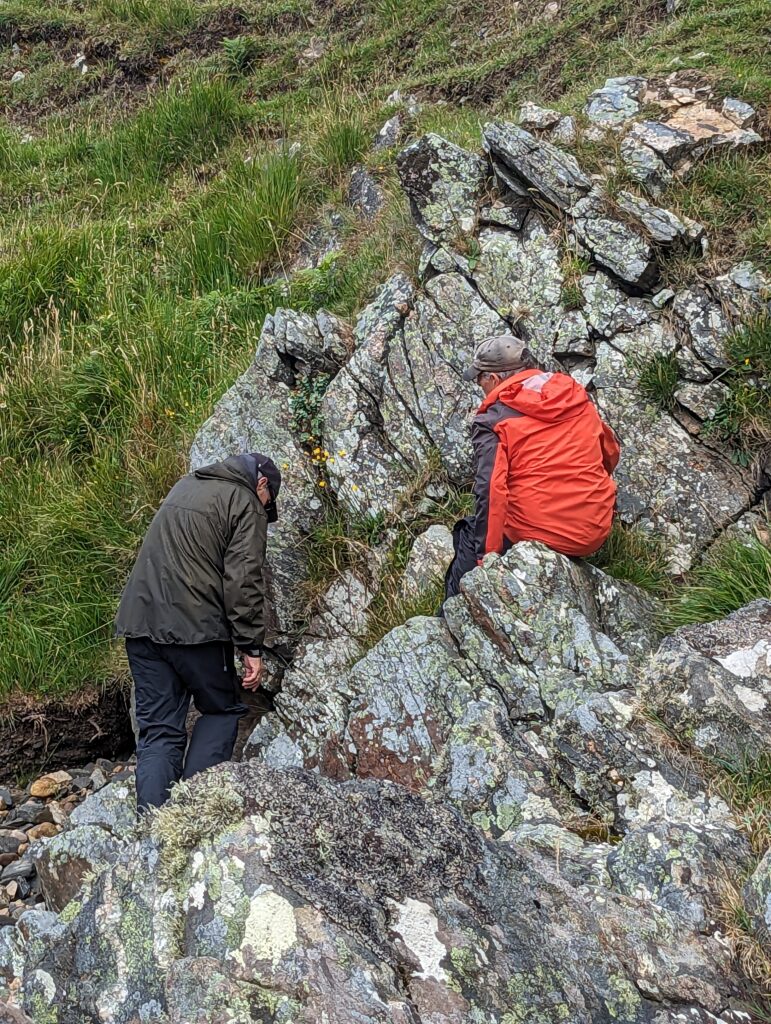
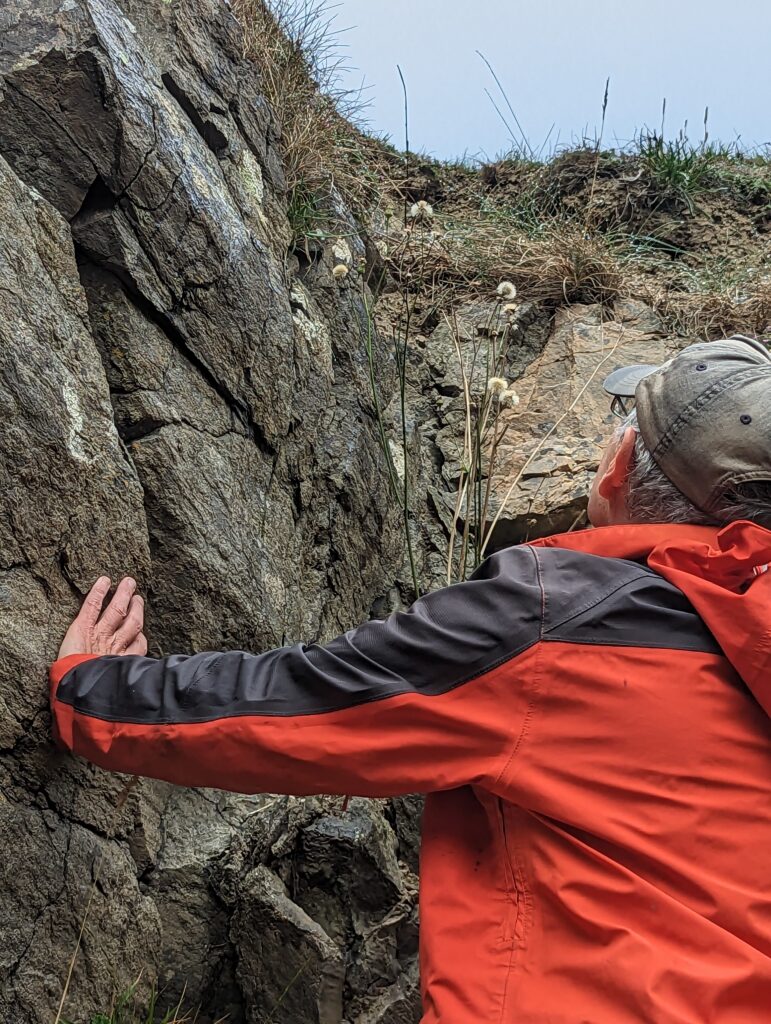
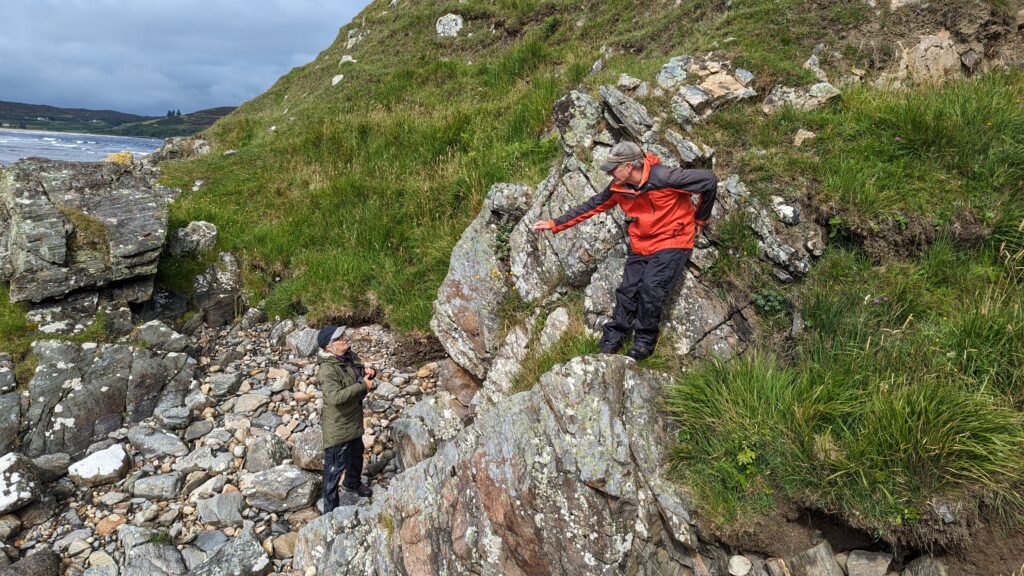
Tim collected a small sample of seeds which will help conserve these species whose future is very precarious.
Many thanks to Tim for allowing us to accompany him and for showing us a glimpse of such a complex plant group.

